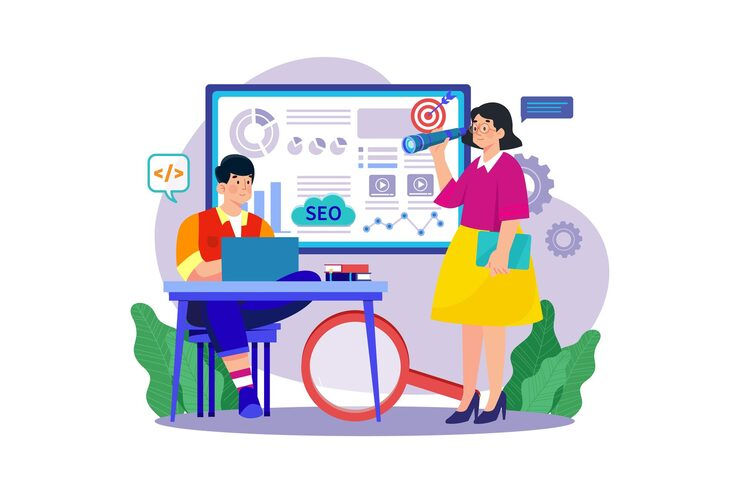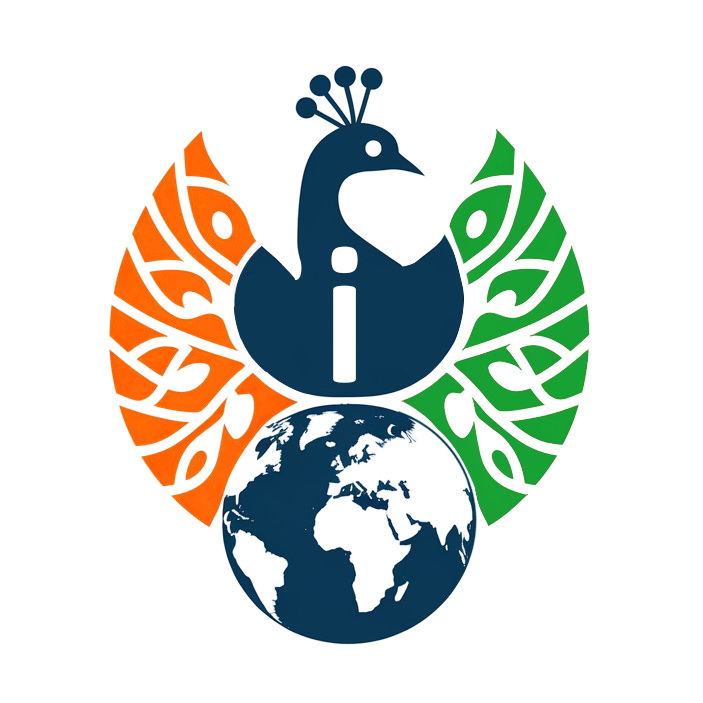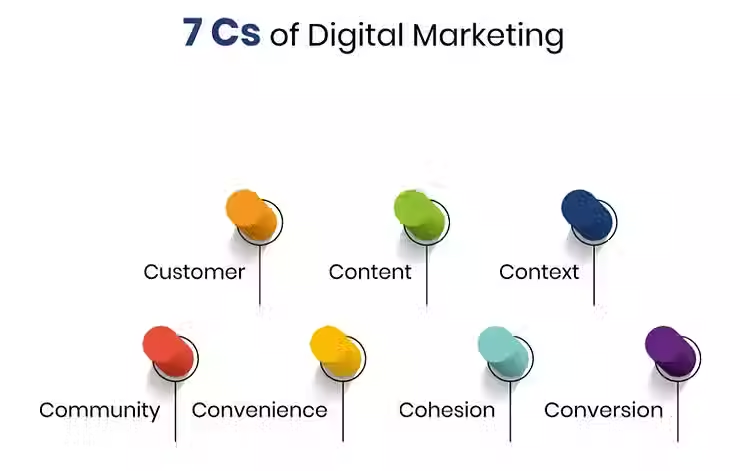Advantages and Disadvantages of Digital Marketing: A Comprehensive Guide for 2025
- Shreyas V Patil

- Aug 12
- 3 min read
Understanding Digital Marketing in the Modern Age

Digital marketing has transformed how businesses connect with audiences globally. As the best digital marketing freelancer in India, I’ve witnessed its evolution from a niche strategy to a cornerstone of modern business success. But what exactly is digital marketing?
Digital marketing encompasses strategies like SEO, PPC, Social media ads, email campaigns, and content marketing to promote products or services online. Unlike traditional methods, it leverages internet-based tools to enhance customer engagement, drive conversions, and build brand loyalty.
In this blog, we’ll dive deep into the advantages and disadvantages of digital marketing, helping you make informed decisions for your business.
The Key Advantages of Digital Marketing for Businesses Today
Digital marketing offers unparalleled benefits that traditional methods simply cannot match. Here’s why businesses worldwide are prioritizing it:
Global Reach
Digital marketing breaks geographical barriers, allowing brands to tap into international markets with minimal investment. For instance, a small bakery in India can attract customers from the U.S. or Europe through targeted social media ads.
Cost-Effective Advertising
Compared to print ads or TV commercials, digital campaigns are budget-friendly. Tools like Google Ads and Meta Ads let businesses set daily budgets as low as $5–$50, making it accessible even for startups.
Measurable Results
With analytics platforms like Google Analytics, brands can track metrics such as traffic, conversions, and ROI in real time. This data-driven approach enables continuous optimization.
Targeted Marketing Strategies
Digital marketing allows precise audience targeting based on demographics, interests, and behaviors. For example, a B2B SaaS company can target CTOs in specific industries using LinkedIn ads.
Enhanced Customer Engagement
Two-way communication via social media, chatbots, and emails fosters stronger relationships. Brands like Coca-Cola use user-generated content campaigns to boost engagement and loyalty.
Did You Know? Over 5 billion people—65% of the global population—spend 7+ hours online daily, making digital marketing a necessity for visibility.
The Drawbacks: Challenges and Disadvantages of Digital Marketing
Despite its benefits, digital marketing comes with hurdles that require strategic planning:
Intense Competition
The low entry barrier means businesses compete globally. Standing out in crowded markets demands creativity and standout content.
Privacy Concerns in Digital Ads
GDPR and other regulations mandate transparency in data collection. Misusing customer data can lead to legal repercussions and reputational damage.
Technical Skills Requirement
Managing campaigns demands expertise in SEO, analytics, and platform algorithms. Small businesses often struggle without dedicated teams.
Algorithm Changes
Platforms like Google and Meta frequently update their algorithms, impacting organic reach. For example, a sudden shift in Facebook’s News Feed algorithm can reduce post visibility by 50%.
Negative Feedback Amplification
Online reviews and social media backlash can spread rapidly, damaging brand image. Quick crisis management is critical.
Comparing Traditional vs. Digital Marketing: What You Need to Know
Aspect | Traditional Marketing | Digital Marketing |
Reach | Limited to local or regional audiences | Global audience with no geographic constraints |
Cost | High (e.g., TV ads cost $10,000+/spot) | Low (e.g., Instagram ads start at $5/day) |
Measurability | Difficult to track ROI | Real-time analytics for precise performance |
Engagement | One-way communication (e.g., billboards) | Interactive |
While traditional methods retain value for niche audiences (e.g., rural regions with limited internet access), digital marketing offers agility and scalability unmatched by offline strategies.
Tackling the Common Misconceptions About Digital Marketing Effectiveness
Myth 1: “Digital marketing guarantees instant results.”
Reality: Success requires patience. SEO, for example, may take 6–12 months to yield meaningful traffic.
Myth 2: “Anyone can do digital marketing.”
Reality: Mastery demands continuous learning. For instance, staying updated on Google’s 500+ annual algorithm changes is critical.
Myth 3: “Digital marketing replaces human interaction.”
Reality: It complements personal relationships. Hybrid strategies (e.g., virtual events + in-person meetups) drive the best outcomes.
Navigating Through the Pros and Cons to Make Informed Decisions
To balance advantages and disadvantages:
Prioritize Data-Driven Decisions
Use tools like Ahrefs and SEMrush to identify high-ROI keywords and content gaps.
Invest in Training
Upskill your team in SEO, PPC and social media management or can hire digital marketing freelancers like Eeat Minds, DigitalSVP , Etc.
Leverage Automation
Tools like Pabbly and Zapier streamline content scheduling and customer interactions.
Combine Digital and Traditional Tactics
Promote local events via social media while using billboards to drive foot traffic.
Conclusion: Embrace or Avoid? Weighing Your Options with Confidence
Digital marketing is not a one-size-fits-all solution. While its advantages—global reach, cost efficiency, and measurability—are game-changers, challenges like competition and privacy risks demand strategic planning.
For businesses with limited resources, hiring a digital marketing freelancer can provide cost-effective expertise. For larger organizations, integrating digital and traditional methods ensures a well-rounded approach.
Ultimately, the key lies in aligning your marketing strategy with your business goals. By understanding the advantages and disadvantages of digital marketing, you can harness its power to drive growth while minimizing risks.
Is digital marketing right for your business? The answer lies in your ability to adapt, innovate, and prioritize customer-centric strategies.






Comments